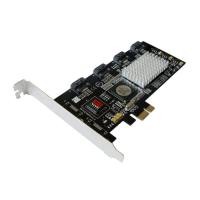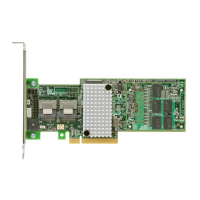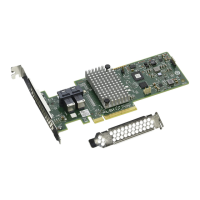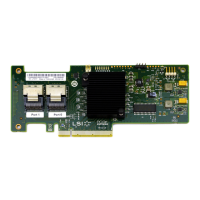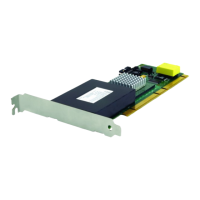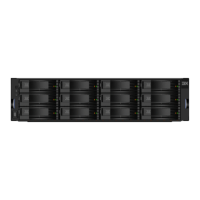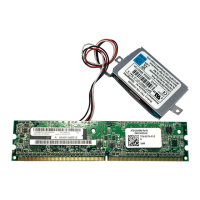b. Ensure that the power cord is the appropriate type, as specified in the parts
listings.
c. Ensure that the insulation is not worn or damaged.
4. Check for any obvious nonstandard changes, both inside and outside the unit.
Use good judgment about the safety of any such changes.
5. Check inside the SAN Volume Controller node for any obvious unsafe
conditions, such as metal particles, contamination, water or other fluids, or
marks of overheating, fire, or smoke damage.
6. Check for worn, damaged, or pinched cables.
7. Ensure that the voltage that is specified on the product-information label
matches the specified voltage of the electrical power outlet. If necessary, verify
the voltage.
8. Inspect the power-supply assemblies and check that the fasteners (screws or
rivets) in the cover of the power-supply unit are not removed or disturbed.
9. Check the grounding of the network switch before you connect the SAN
Volume Controller system to the storage area network (SAN).
Checking external devices
Ensure that you complete an external device check before you install or service
SAN Volume Controller.
Procedure
To conduct an external device check, complete the following steps.
1. Verify that all external covers are present and are not damaged.
2. Ensure that all latches and hinges are in the correct operating condition.
3. Check the power cords for damage.
4. Check the external signal cables for damage.
5. Check the cover for sharp edges, damage, or alterations that expose the internal
parts of the device.
6. Correct any problems that you find.
Checking internal devices
Ensure that you complete an internal device check before you install or service
SAN Volume Controller.
About this task
To conduct the internal device check, use the following steps:
Procedure
1. Check for any non-IBM changes that were made to the device. If any are
present, obtain the “Non-IBM Alteration Attachment Survey,” form number
R009, from the IBM branch office. Complete the form and return it to the
branch office.
2. Check the condition of the inside of the device for any metal or other
contaminants, or any indications of water, other fluid, fire, or smoke damage.
3. Check for any obvious mechanical problems, such as loose components.
4. Check any exposed cables and connectors for wear, cracks, or pinching.
Safety and environmental notices xxiii

